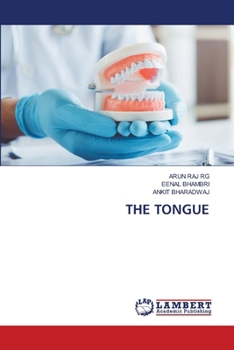THE TONGUE
The word "tongue" originates from the Old English tunge, which traces back to Proto-Germanic tungon, with similar forms in other Germanic languages, like tonge in West Frisian, tong in Dutch, and zunge in German. The "ue" ending, appearing in the 14th century, was meant to reflect pronunciation but is neither etymologically nor phonetically correct.Anatomically, the tongue is a fleshy, muscular organ that occupies the floor of the mouth in most vertebrates. It is involved in essential functions like tasting, swallowing, and speech. The tongue is covered by a mucous membrane, with a free anterior tip and smooth lateral and inferior surfaces. The dorsum (top) contains papillae, some of which house taste buds, particularly in the V-shaped row of circumvallate papillae. The tongue also contains serous and mucous glands.The tongue receives blood from the lingual arteries and drains through veins that connect to the tonsils and pharynx. It has a complex network of sensory and motor nerves, including the hypoglossal nerve for motor function and the trigeminal and glossopharyngeal nerves for sensation and taste.
Format:Paperback
Language:English
ISBN:6205492202
ISBN13:9786205492208
Release Date:December 2024
Publisher:LAP Lambert Academic Publishing
Length:100 Pages
Weight:0.35 lbs.
Dimensions:0.2" x 6.0" x 9.0"
Customer Reviews
0 rating





